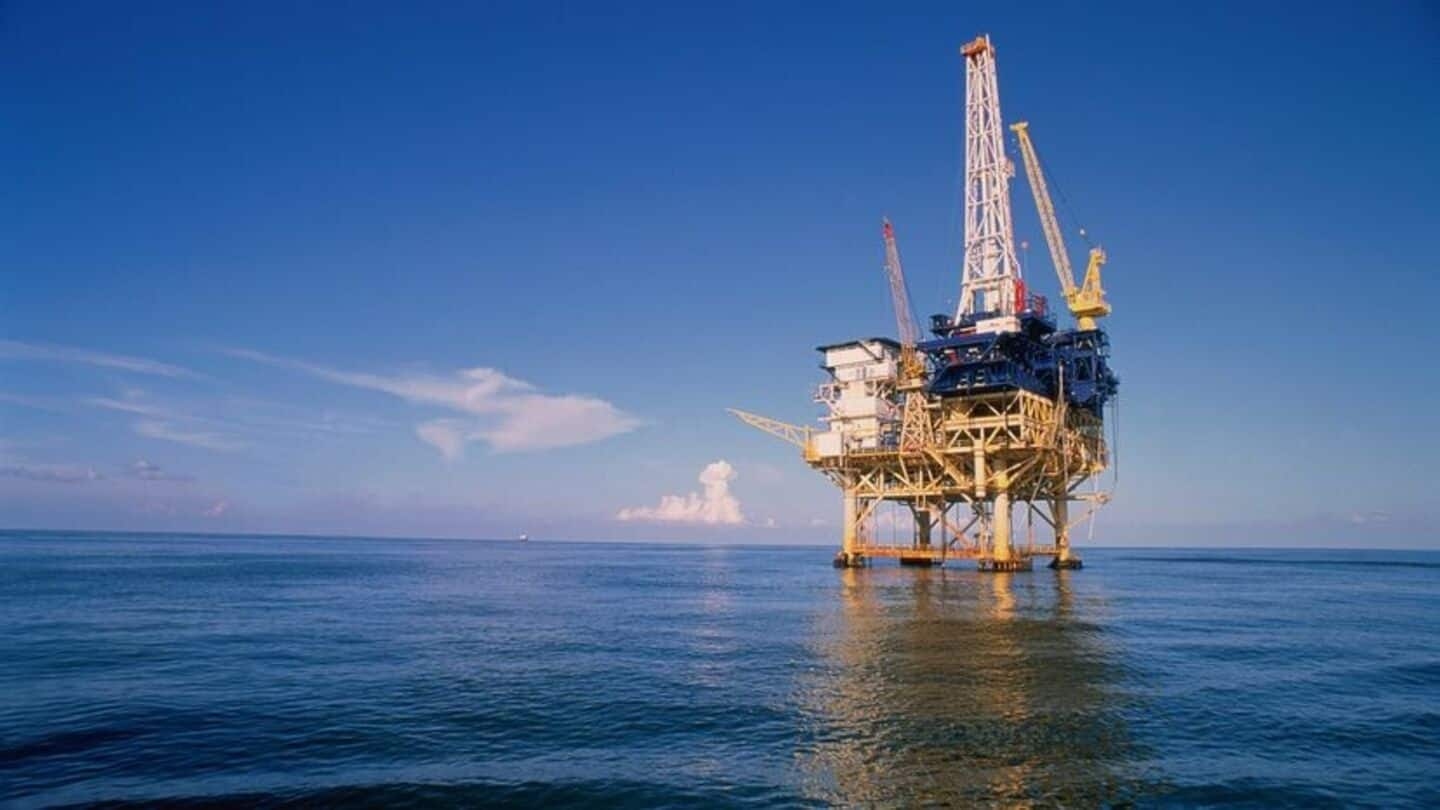
ONGC, OIL eye ₹3,200cr stratigraphic drilling campaign: What is it?
What's the story
State-run oil explorers Oil and Natural Gas Corporation (ONGC) and Oil India Limited (OIL) are gearing up for a major stratigraphic drilling campaign. The ₹3,200 crore project is planned to begin early next year, with drilling expected in untapped offshore areas. The first phase of the campaign will see four wells being drilled in the Andaman, Mahanadi, Saurashtra, and Bengal sedimentary basins.
Technical collaboration
What is stratigraphic drilling?
Global energy giant BP will be providing its technical expertise in identifying locations and drilling. Stratigraphic drilling, also called a stratigraphic test well, is an exploratory drilling method aimed at studying underground geological formations. The wells are drilled to collect data on subsurface layers via continuous coring, petrophysical logging, and seismic data integration. The objective is to build a detailed geological profile for future hydrocarbon exploration without any immediate intent to extract resources.
Financial support
Who will pay for the drilling campaign?
The Indian government has agreed to bear the cost of the stratigraphic drilling campaign for ONGC and OIL. The ₹3,200 crore estimated cost also includes a fee to be paid to BP for its services. The blocks where this drilling will take place are currently owned by the Centre, which will decide how any discovery should be monetized - either via auctioning or giving it to a company/consortium on a nomination basis.
Import reduction
Why is this important?
India imports almost 88% of its oil needs and around half of its natural gas requirement. The government is keen to cut this $150 billion import bill by raising domestic production. Stratigraphic drilling is one way to discover newer resources. In a major step toward energy security, the government has reduced 'no-go' zones by 99%, unlocking over one million square kilometers of India's Exclusive Economic Zone (EEZ) for oil and gas exploration.
Exploration boost
India has opened up for deep-sea exploration
To make deep-sea exploration viable, the Indian government has refined the gas pricing formulas, allowing higher rates for resources that are produced from difficult areas. In 2022, India launched a Data Center at the University of Houston to showcase its sedimentary basin data and upgraded the National Data Repository (NDR) to a cloud-based platform. Global energy giants like ExxonMobil and Chevron have since acquired Indian basin data, reflecting renewed confidence in India's exploration potential.